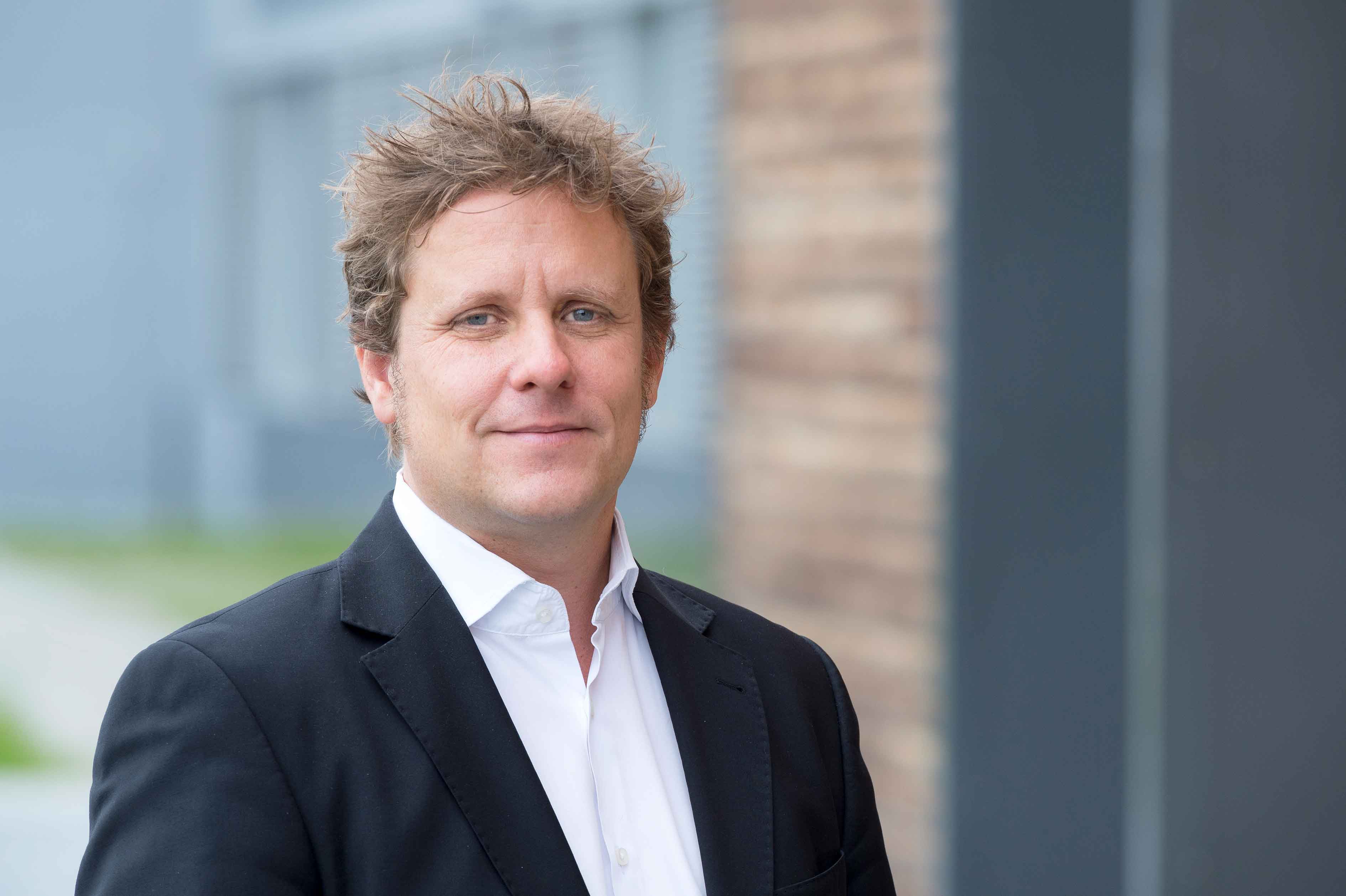University of Bamberg appoints Ralf Kilian as professor
Ralf Kilian became Professor of Preventive Conservation of Historical Monuments at the University of Bamberg in December 2020. The appointment under the Jülich model allows him to teach two semester hours per week at the University of Bamberg and to continue working for the Fraunhofer Institute for Building Physics IBP the rest of the time. The joint appointment is a win-win situation, as joint activities and research projects will give further impetus to preventive conservation.

At Fraunhofer IBP, Ralf Kilian is head of the business unit “Cultural Heritage Research”. In the new KERES project (protecting cultural assets from extreme climate events and increasing resilience) funded by the German Federal Ministry of Education and Research (BMBF), a consortium of Fraunhofer institutes from the Cultural Heritage Research Alliance is conducting research on technical preventive conservation measures with the Climate Service Center Germany of the Helmholtz Center Geesthacht and the Stiftung Preussische Schlösser und Gärten Berlin-Brandenburg. Teams of experts are investigating how extreme weather events such as storms, long periods of heat or heavy rainfall can affect the fabric of buildings, as well as historical furniture or paintings, and are assessing the potential damage they may sustain.
About ten years ago, Fraunhofer IBP started to set up a Fraunhofer Center for Conservation and Energy Performance of Historic Buildings in the Benediktbeuern Monastery. This is a real historic building that is being used for research purposes and for trials on new technologies. For example, studies are being carried out to find out which heating systems are suitable for historic buildings and how to improve the energy efficiency of windows. The involvement of students in Fraunhofer IBP's research in the form of final theses is another important aspect that Ralf Kilian emphasizes. Together with students, for instance, it was possible to conduct a study on an art depot as part of an application week organized for the monastery. On the basis of this study, proposals were developed on how to improve the conditions for preserving the monastery treasures stored there. The results now help the monastery and contribute to the long-term and improved preservation of art and cultural assets in the sense of preventive conservation.
In his new position in Bamberg, Ralf Kilian particularly appreciates the human interaction. For him, it is important to reach out to students and give them something that will be useful for their future careers. But he is also taken with the “incredible treasure trove of buildings” in Bamberg. Taking a look behind the scenes and studying historic buildings in great detail has fascinated him since his youth.
After initially studying civil engineering, Ralf Kilian went on to complete a degree in restoration at the Technical University of Munich so that he could work with historic buildings on an even higher level.
Last modified: